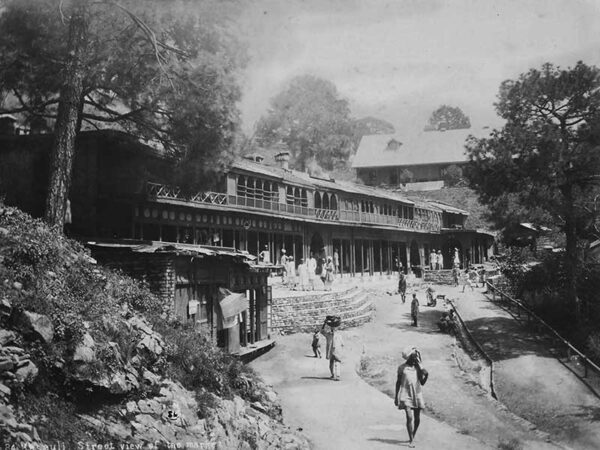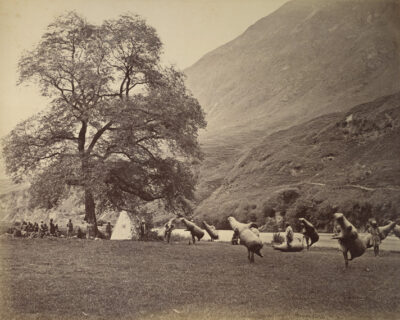Himachal
History
Explorers Who Came From Distant Lands And Made Kullu Their Home
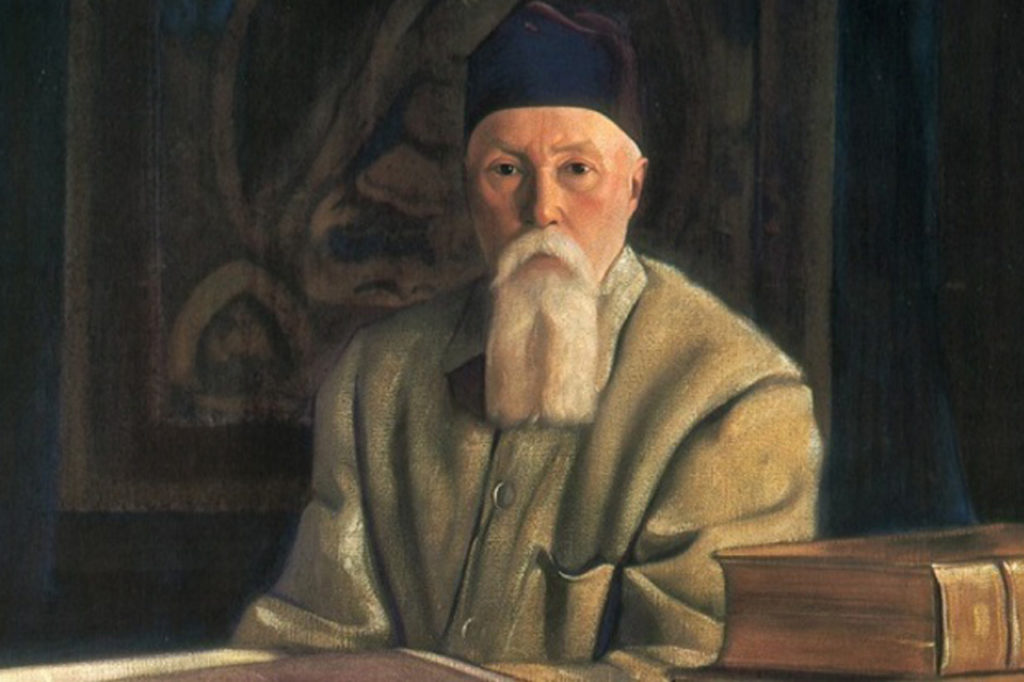
For most, it was love at first sight. Kullu was discovered by foreign travelers in the mid-19th century and the many who came in the following years fell for its snowy peaks, pristine meadows, high mountain passes of the wild and lush-green valleys below, glacial lakes and gushing rivers, fertile lands and simple people celebrating ordinary lives.
Some of these intrepid travelers never went back and lived here among the locals, adapting themselves to the mountain life, and wandering in the Western Himalayas. Here are some of the prominent ones, who came from the distant lands and made mountains their passion and Kullu their home:
Nicholas Roerich

A renowned painter, writer, explorer, archeologist, philosopher, and a spiritual leader, Nicholas Roerich was born in Saint Petersburg, Russia, in 1874. After having already made a mark for himself as a master painter, archeologist and explorer, Roerich first came to India in 1923 and set off on one of the greatest expeditions ever taken to the remotest corners of central Asia.
The expedition lasted three years during which architectural monuments were discovered, rare manuscripts were found, and blanks on the Himalayan maps were filled for the first time. Roerich came to Kullu around 1929 and bought the Hall Estate in Naggar village from the King of Mandi and settled down there with his wife Helena and two sons – George and Svetoslav. Roerich spent the remaining years of his life painting and writing in Kullu.
His house in Naggar which was converted into a museum has one of the best collections of paintings on mountains and everyday life in the mountains. Drawn by his fame, many high-profile people used to visit him at his estate. First Indian Prime Minister Jawahar Lal Nehru and his daughter Indira Gandhi were among the ones who stayed with him in Naggar in 1942.

Roerich’s younger son Svetoslav, who also became a noted painter, married Devika Rani, the first Indian cine star, in 1945. The couple would visit Naggar during summers and Devika Rani once spoke about how Naggar became her home and how she was treated there as a daughter.

Nicholas Roerich died in Naggar on December 15, 1947 and was cremated according to Hindu rituals. Carved on his stone in Naggar is: “Here, on December 15th, 1947, the body of Maharishi Nicholas Roerich – a great Russian friend of India – was committed to fire. Let there be peace.” His house was later converted into an art gallery — Roerich Art Gallery and Museum — and is one of the most famous places to visit in Manali.
Penelope Chetwode

Penelope Chetwode, a writer and traveler, loved the Western Himalayas and more specifically the Kullu valley. And this was the reason why she kept on coming back to the Himalayas. Born in 1910 in Hampshire, England, Penelope, the daughter of Commander in Chief (India) Philip Chetwode, grew up in India.
After her marriage to poet John Betjeman broke down in around 1948, Penelope set off for Spain and travelled the southern part of the country. She returned to write her memoir in the successful book ‘Two Middle-Aged Ladies in Andalusia’. Penelope had first travelled in the Western Himalayas with her mother in 1931 and after a gap of more than 30 years she returned in 1963 and rode on the same route taken earlier to reach Kullu.
Penelope started her journey from Shimla after hiring mules for Rs 20 a day for a period of four weeks and after passing through Fagu, Theog, Narkanda, Ani, Jalori Pass, Larji and Aut, she reached the Kullu valley and finally the Rohtang Pass. Penelope upon her return to Shimla wrote ‘Kulu: The End of the Habitable World’, one of the best travel books ever written on Kullu. During her travels Chetwode made a lot of friends in Kullu and would later stay with them.
Penelope kept on coming back to her favorite mountains. She died in 1986 while leading a group of tourists on a trek in Mutisher near Dalash in Kullu district. As per her wish, her ashes were scattered in the Beas river. A memorial of Penelope was later built near Sarahan in Himachal Pradesh and on which it is written: “She died in these hills, she had loved so much.”
AFP Harcourt
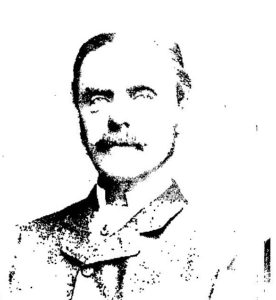
An English army official, Harcourt served as the Assistant Commissioner of Kullu from 1869 to 1871 but his true love was travelling and painting.
During his stay in India and specially in Kullu, Harcourt travelled extensively in the Western Himalayas observing and documenting the local life. The result was one of the very first books on this part of the world, ‘The Himalayan Districts of Kooloo, Lahool and Spiti’. Published in 1871, the book is a treasure trove on information on these two areas of Kullu and Lahaul Spiti as it describes in striking details the geography of the land, the administrative set-up, crops, trade, religion, temples local way of life, the mountains etc.
There is nothing Harcourt has missed in his book. If somebody wishes to go back in time and visit Kullu and Lahaul and then this book is your time machine. Harcourt was also an accomplished painter and his water-color paintings and sketches, especially on the houses and temples of Kullu, are simply mesmerizing.
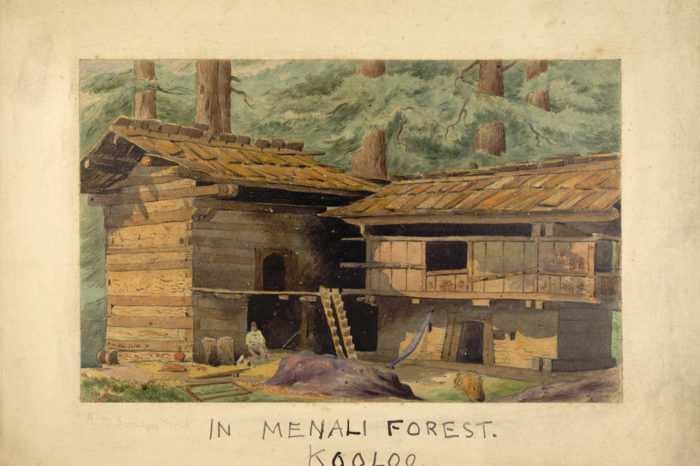
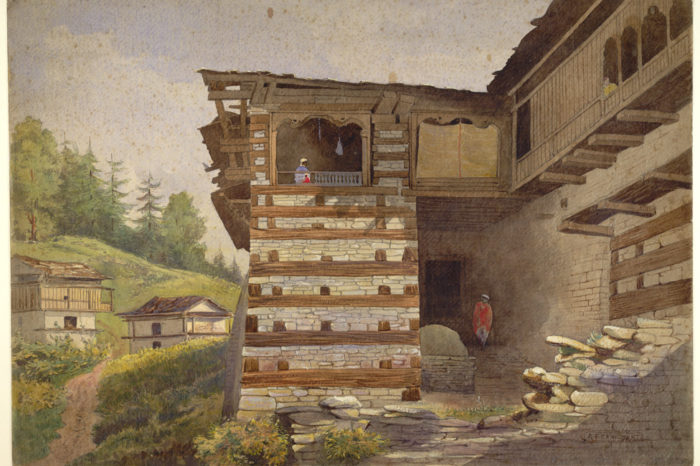
Henry Lee Shuttleworth
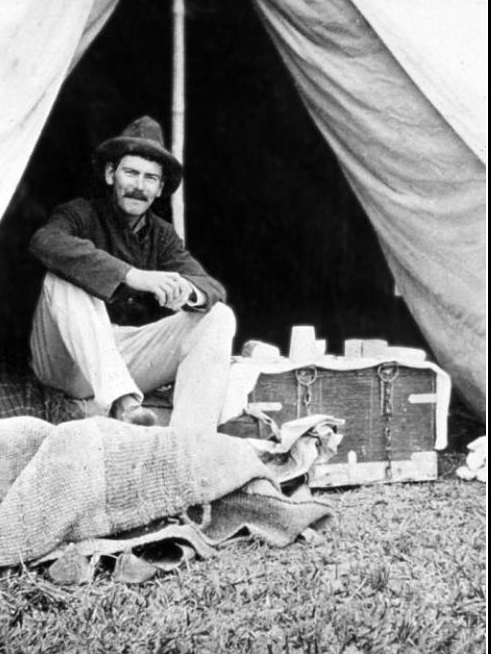
Shuttleworth, who served as the Assistant Commissioner of Kullu twice from 1917 to 1919 and again from 1923 to 1924, was another British officer known for his love for the Himalayas. More than an officer, Shuttleworth was an archeologist, historian, a linguist and a scholar.
Shuttleworth with his wife Inez travelled all over Kullu and in the neighboring Lahaul and Spiti. He spent most of his time documenting the life in Western Himalayas, studying the local culture, dialects, architecture, temples, and monasteries.
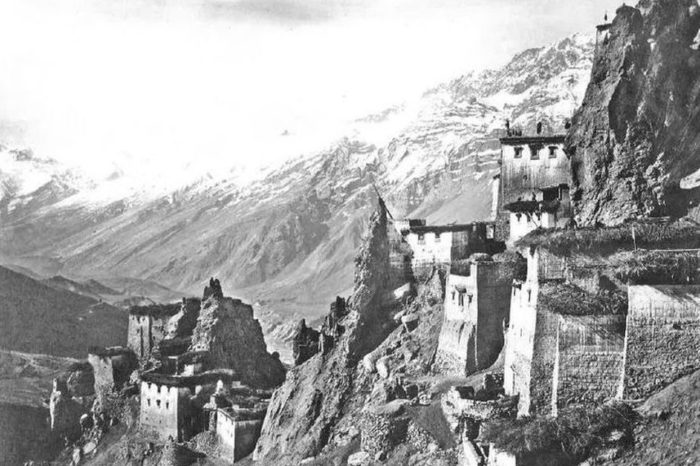
He was one of the first writers to have documented the history of Spiti. Penelope Chetwode described Shuttleworth in her book on Kullu as “…another passionate devotee of the Western Himalaya, who began his career at a time when the sketching phase was nearing its end and was being replaced by photography with those enormous plate cameras, each of which needed two porters to carry them and their appurtenances over the mountain ranges.”
Shuttleworth’s contribution in documenting Spiti, which at that time was one of the most inaccessible corners, has gone unnoticed as most of his documents on Spiti remain unpublished.
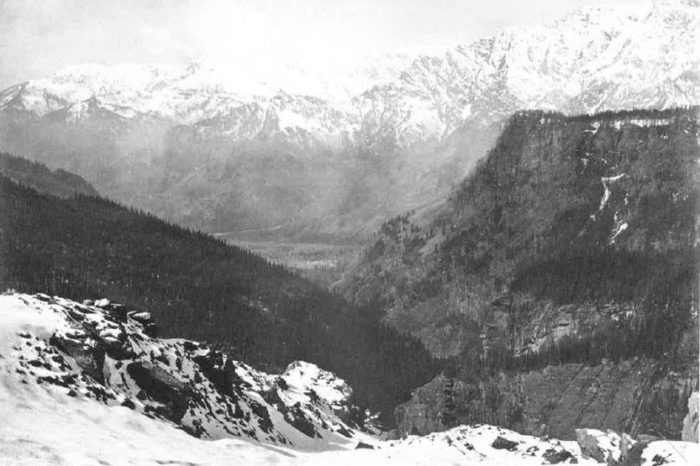
After retirement from service, Shuttleworth, who was 76 at that time, returned once again to the Himalayas in 1958 and settled in Katrain, a small village near Manali. From here, Shuttleworth would further travel into Lahaul and other places including Kangra and Dehradun visiting museums and libraries for his work. He died on February 28, 1960, in Delhi.


